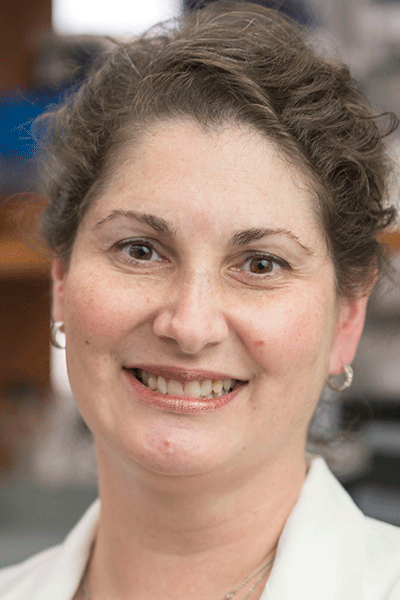
Estrogen receptor positive (ER+) breast cancers may represent the single largest unmet clinical need in the field. ER+ breast cancer, also called luminal breast cancer, was once considered the default type of breast cancer, said David A. Cameron, MD, MSc.
“Luminal breast cancer is the commonest type of breast cancer we see worldwide, about three-quarters of all breast cancers, said Dr. Cameron, Professor of Oncology, University of Edinburgh College of Medicine & Veterinary Medicine, Edinburgh, UK. “It causes the most deaths from breast cancer and is increasing faster than other types of breast cancers.”
Dr. Cameron gave the opening presentation of the Educational Session “Special Topics in ER+ Breast Cancer” on Tuesday, Dec. 8.
One of the enduring problems in treating ER+ breast cancer is its persistent tendency to recur. HER+ and triple negative breast cancers usually recur within the first few years after treatment, but ER+ cancers have a steady rate of relapse over decades.
Lifestyle changes, regular exercise, healthy diet and normal weight, appear to favor overall survival, Dr. Cameron said, noting that here is a clear link between obesity and progression of ER+ disease.
Bisphosphonates reduce bone metastases in post-menopausal women, leading to an overall survival benefit, he added, but these agents are not approved to treat ER+ breast cancer.

“ER+ breast cancer is a very heterogeneous disease,” said Ingrid A. Mayer, MD, MSCI, Professor of Medicine, Ingram Professor of Cancer Research, Co-Leader, Breast Cancer Research Program, Vanderbilt-University Vanderbilt-Ingram Cancer Center. “One size of treatment does not fit all patients.
For women with life-threatening visceral metastases, chemotherapy is the most appropriate alternative, she said, while women with less aggressive disease can opt for a variety of endocrine therapies plus CDK4/6 inhibition.
Those with the least aggressive disease can choose between an aromatase inhibitor, fulvestrant, or combination therapy. That can be followed by fulvestrant plus CDK4/6 inhibition.
Resistance to endocrine therapy and CDK4/6 inhibition is driven largely by PIK3CA and ESR1 mutations and sometimes by BRCA mutations, Dr. Mayer added. Because all three pathways can be addressed therapeutically, genomic testing should be standard for women who fail CDK4/6 inhibitors plus endocrine therapy.
New findings in the biology of ER+ metastasis and resistance could change those treatment recommendations.

“You can’t prevent metastasis—it is already happening by the time you find the primary tumor,” said Rob Clarke, PhD, Professor of Breast Biology, University Manchester and Director of the Manchester Breast Centre in the UK. “But it may be possible to prevent those micrometastases from progressing.”
ER+ breast cancer recurs because a small population of cancer stem cells that are positive for aldehyde dehydrogenase (ALDH+) survive endocrine treatment, Dr. Clarke explained. Surviving ALDH+ cells proliferate, repopulate the tumor, and metastasize.
These ALDH+ cells have upregulated cytokine signaling, particularly IL-1β. Endocrine therapy treatment increases IL-1 receptor expression, driving treatment resistance and metastasis. An IL-1 receptor inhibitor such as anakinra reduces the development of resistance and bone metastases in animal models.
ALDH+ cells also upregulate IL-6, which signals via the JAK-STAT3 pathway to promote CKD4/6 resistance. IL-6 inhibitors such as tocilizumab can block the pathway.
So can sulforaphane, an unstable dietary component of broccoli. A stabilized version, SFX-01, inhibits STAT3 activity both in mouse models and in phase II clinical trials.
“We think there is a role for STAT3 in resistance to CKD4/6 inhibitors,” Dr. Clarke said. “We are exploring that avenue right now.”
SABCS registrants will have exclusive on-demand access to this and other virtual SABCS programming until March 13, 2021.

